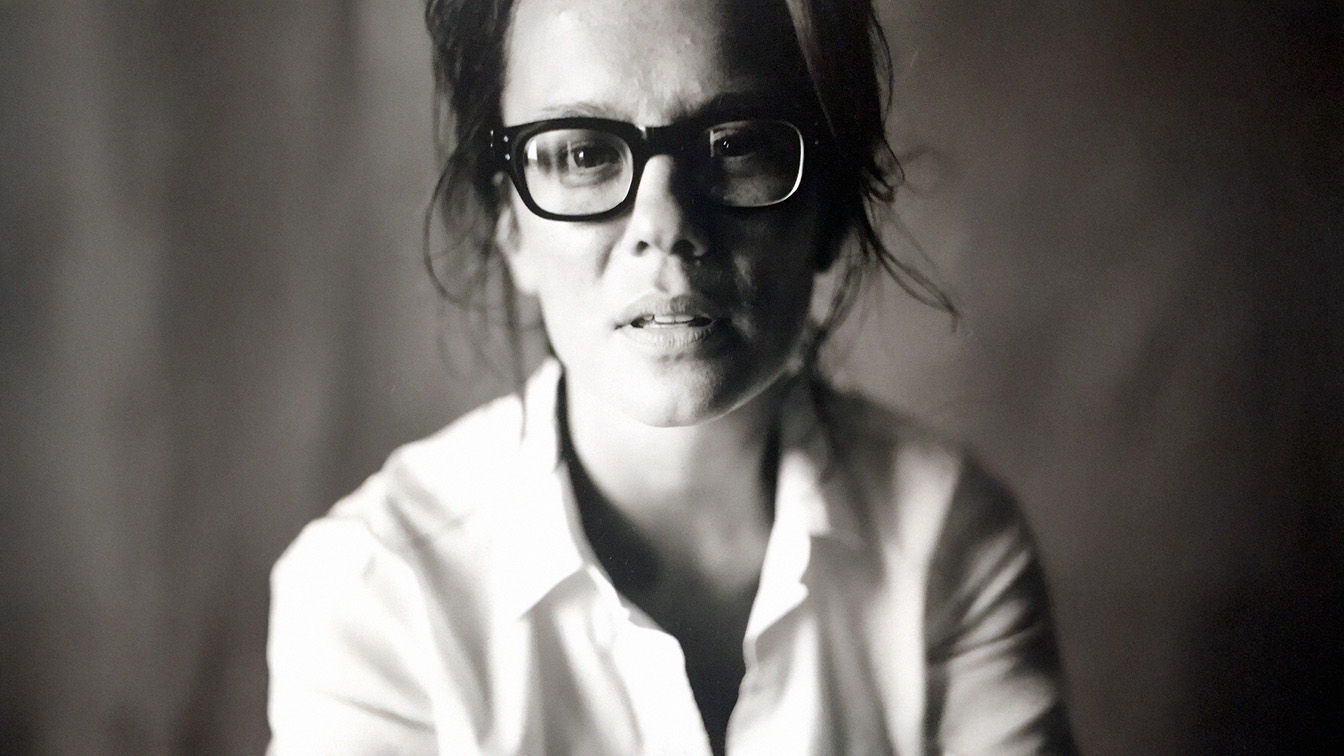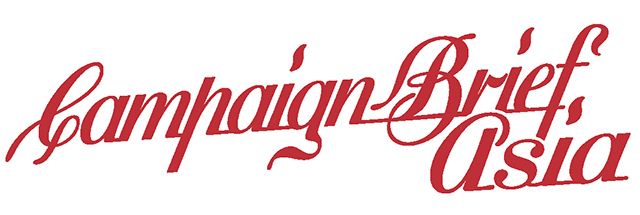m25 founders series: Laird and Good Company’s Sarah Laird

m25’s Founders Series celebrates the real people behind productions. Behind every seamless shoot, every cross‑border collaboration, and every bold production decision lies a person whose vision and persistence make it possible. This chapter turns the spotlight on Sarah Laird, CEO and Founder of Laird and Good Company. From a tiny West Village apartment with just a Rolodex and sharp instincts, she built one of the world’s most respected artist management agencies, now with offices in New York and London and a roster of over 50 leading directors, photographers, and creatives.
Known for her uncompromising dedication to artistry and her ability to empower talent, Sarah Laird has become a trusted partner to global brands like Apple, Diageo, Netflix, and Lancôme, while her artists’ work regularly graces the pages of The New York Times, HSTI and Rolling Stone.
Beyond business, Laird champions sustainability and mentorship. She co-founded Good Works, a Laird and Good Company initiative that connects storytellers and image-makers with organizations driving positive change through charitable print sales, mentorship, and partnerships.
Under her leadership, the company also became a proud member of 1% for the Planet, pledging a portion of annual sales to vetted environmental partners focused on reforestation and community education. Since joining in July 2023, Laird and Good Company has donated over $250,000, helped plant more than 185,000 trees, and expanded its impact through Good Works print collections supporting organizations within the 1% network. Integrity, kindness, and a passion for helping great artists make great things happen remain at the heart of her journey.
The Founding Vision Laird and Good Company has become a transatlantic creative force, representing some of the most sought‑after directors, photographers and artists in the industry. Can you take us back to the moment you decided to start the company – what or who inspired you, and what was your vision for it? Follow‑up: Looking back, what were the biggest highs and lows in those early years, and how did they shape your approach to running a creative agency?
In truth, I don’t think I ever consciously set out to start this company – it seemed to start itself. In my early twenties, I had just passed the Series 7 Exam and moved from Mississippi to New York to begin a career on Wall Street. Within a few years, I knew it wasn’t my calling. Pivoting back toward my library science degree, I found my way to a small artist agency, where I began working with creative talent. Not long after, an artist I met there asked for my support, and from that request, Laird and Good Company began to take shape – slowly, steadily, step by step. I’ve always said I’m the tortoise, not the hare.
Those early years felt intimate, almost woven into my personal life. I was building a business alongside a family, a home, and a community in New York. I didn’t always know where I was heading, but I didn’t not know either. I trusted the work in front of me and like to say I was just following the energy. If I put my head down and invested fully, the next step always revealed itself. That blend of determination, optimism, and perhaps a touch of naïveté became the foundation of my approach.
Two decades later, I finally looked up and paused to reflect and realized how deeply confident I felt in what I’d built. That’s when I began to think more expansively — not just about sustaining the agency, but about its long-term creative and strategic growth. It was also when I added And Good Company to our name. I knew I wanted to do this work with a group of people who had, in many ways, become like family, a true team effort.
A central influence throughout has been my father. He embodied resilience and expansiveness in business and in life qualities often called grit today. Setbacks never seemed to weigh on him; he simply carried forward, always finding opportunity within the loss. One of his greatest lessons to me was that life happens FOR you, not TO you. That perspective has profoundly shaped my vision. I’ve never wanted to be the artist myself; my strength lies in supporting others, in strategizing, in creating the conditions for talent to thrive.
I really don’t frame the journey in terms of highs and lows, any more than 35 years ago did I know what I was doing. To me, every experience and every person I’ve crossed paths with has been essential in shaping the company into what it is today.
Industry Evolution From your perspective, how has the editorial and advertising production landscape changed over the past two decades in the UK, US, and globally? Follow‑up: Which of these shifts do you think will most influence the Asian market in the next few years?
My business primarily started with editorial photography. Placement in magazines amplified the profiles of photographers we represented, and you needed support from the world to ensure sustainable opportunities and career growth in the advertising space. I had a tendency to choose photographers with a strong editorial presence and we spent as much time cultivating and producing editorial because we felt it was integral to an artist’s profile.
There are still editorial opportunities now, but the market has shifted dramatically. Creative agencies and brands find their way to talent through a range of channels, opposed to solely editorial. Now, our agency views personal work as the new editorial — its a space for creativity and true narrative development. I feel personal work is invaluable and so beautiful because it hits at the root of what drives an artist. By developing visual narratives that support their own personal interests, artists get to tell their own stories, and move deeper into a space of what truly inspires them. We want to see that in talent, we want to see the most original ideas and deep creativity; this is what sets artists apart from the pack.
It all comes down to innovative, original storytelling. When I reflect back as to why I am in the business it’s because I want to tell stories. It’s a limitless well of inspiration.
In regards to the Asian market, we feel this ethos applies. Cultivating a deeply creative practice, embracing individuality, and cultivating an unique point of view sets artists apart and inspires brands and communities. We want to continue focusing on this approach as we develop our presence in APAC.
Inspiring the Next Generation What advice would you give to the next generation, just starting in or wanting to get into the industry, those who aspire to work on the kind of global campaigns your roster delivers? Follow‑up: Are there specific skills, mindsets, or experiences you believe are essential for success in today’s fast‑changing creative industry?
Never stop making work. Follow the energy of your ideas.
I really believe the most important thing is to always be in action and just keep shooting. Don’t get frustrated if you don’t love every shoot, every experience is an opportunity for growth and learning. As we like to say internally: just be your weird, creative self. It’s a very exciting time to me overall.
Some artists come to us and ask what does the world want to see and how should I be shooting? We always advise to shoot for yourself, not the market and would try to mentor that line of questioning into new ways of thinking. The world today is about being an individual, and embracing your inner creativity
If something doesn’t work out, don’t spend too much time laboring over it, just keep moving. There is no end to this business, you can never complete the act of storytelling. Trust yourself.
First shoot location you ever booked?
When I first started my agency, I was working so diligently for one of my photographers, I never slowed down to reflect how much of the work I was doing was production. One day, a client called and asked my agency to produce a dream job in Jumby Bay. It was such a great moment, where I was able to pause, look around at the amazing team and roster, and realize we were really doing it! The shoot is a sweet memory and was a huge, memorable milestone.
One UK or US creative talent Asia should have on their radar right now?
Both Rich Stapleton and William Jess Laird are outstanding visual storytellers, with an exceptional eye and ability to capture places, architecturally as well as through abstract imagery that evokes feeling and emotion. With a history of work in Asia and UAE they are exceptional creative collaborators, with extensive experience in the world of hotels, interiors, fashion, and culture. As a production company one of our future goals is to form a long term collaboration with a hospitality brand, lending our talent’s eye to defining a brand’s visual identity. Rich Stapleton clients include One and Only, Four Seasons, Omniyat. William Jess Laird has collaborated with Janu Tokyo, Aman, Ace Airbnb, Belmond, Park Hyatt Paris.
If your company had a soundtrack, the opening track would be…?
Growing up in Mississippi, my parents were quite strict, and it took a lot to get out of the house to socialize. My friends and I would concoct whatever story we needed just so we could go take the car for a spin around the neighborhood. One memorable night out, I was approaching the car to meet my friends and they started playing the motown song “I’m Coming Out” by Diana Ross. It’s a song that really sticks with me, and has followed me throughout life. I associate it with freedom.
